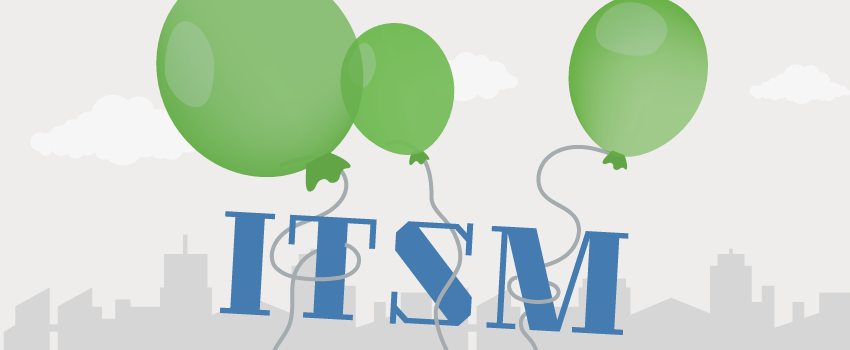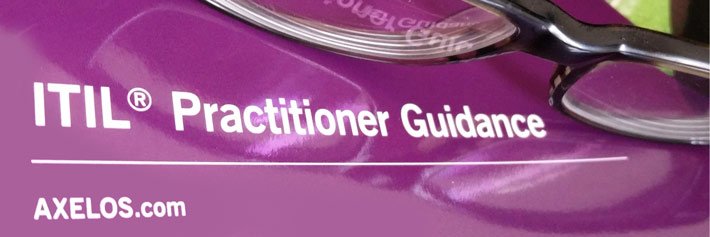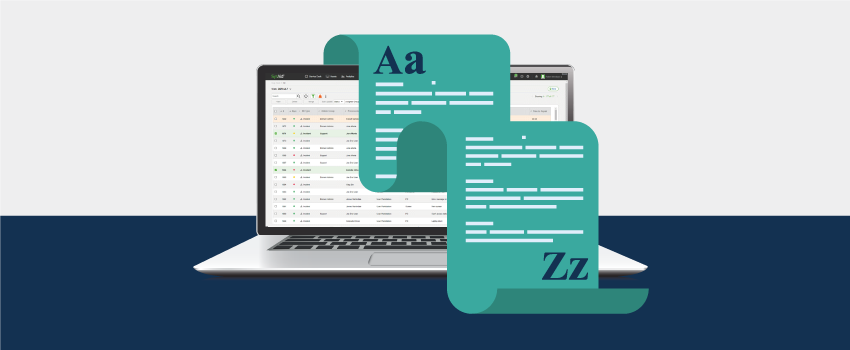
FitSM: The Lightweight ITSM Standard
FitSM is one of the lesser-known IT service management (ITSM) standards – or, more correctly, it’s a family of standards – in comparison to say, ISO 20000. However, that’s not to say that it’s any less useful – depending on your organization’s needs and maturity levels FitSM could be exactly what you’re looking for to help improve your IT service delivery and support capabilities.
Known as the “lightweight” option for ITSM, FitSM is designed to help businesses large and small to deliver, support, and manage their IT services; providing value and customer service excellence in a simple and pragmatic way. It’s particularly ideal for any organization looking either for an introduction to ITSM best practices or for those that don’t require the stringency of other, more established, standards such as ISO 20000.
If this sounds like an interesting opportunity for your organization, please read on.
What is FitSM (in more detail)?
Although known as a family of standards, FitSM is not governed by any official standards body such as the International Standards Organization (ISO) that produces the ISO 20000 standard. Instead, it was initially developed by the FedSM Project which was funded by the European Commission and today is maintained by the IT Education Management Organization (ITEMO).
As with ISO 20000, FitSM is documented in separate, numbered parts:
- FitSM-0 provides the overview and vocabulary of the standard
- FitSM-1 documents auditable requirements for a service management system
- FitSM-2 >contains the objectives and activities
- FitSM-3 is the role model of the standard
- FitSM-4 contains templates and samples that can be used and followed
- FitSM-5 is where published guides can be found
- FitSM-6 contains a maturity assessment – a tool that helps organizations to assess the maturity of their service management function.
FitSM is similar to the style of ISO 20000 Part 1 but the documentation is far simpler and far less detailed – helping to reduce the overhead of paperwork which, for some organizations, would be unnecessary. That is to say, the level of detail in the ISO 20000 standard is not relevant to all organizations wanting to be compliant with ITSM best practices.
For example, while some FitSM parts contain multiple documents, others consist of just a single page. The real aim of FitSM is to help businesses manage their IT services as well as possible without weighing them down in detail and documentation. The standard is kept as simple as possible without jeopardizing its effectiveness.
How it helps organizations
FitSM suits organizations that don’t have sufficient budget for training courses related to ITSM best-practice guidance – because all of its training materials are available under a creative commons license. This means that they’re completely free and available online for anybody to download and use, and the ITEMO is committed to keeping these materials free.
As with ITIL, organizations cannot become certified in the FitSM standard to prove conformance, but individuals wanting to certify themselves can do so. However, it’s important to note that while training materials are free to all, certifications must be paid for.
Certification
The first qualification available is the Foundation certificate which consists of a one-day course and a 30-minute multiple-choice examination. Once certified, an individual will have an understanding of the basics of ITSM and the FitSM model.
Following the foundation certification, there are the advanced certificates. There are two of these available with each taking two days to complete. The Advanced Service Operation and Control (SOC) examination is available to those looking to gain a role in the operation and control of IT services. While the Advanced Service Planning and Delivery (SPD) course would suit someone wanting to enter the world of planning and delivering IT services.
Following the completion of both advanced courses, the Expert certification can be taken. This course is designed for consultants and auditors of ITSM and positions them as experts in the field. ITSM professionals, such as those who already hold an ITIL Expert certificate, qualify for the Expert Bridge course, which allows them to side-step the advanced courses and quickly progress to FitSM Expert status.
If you're looking either for an introduction to #ITSM best practices or you don’t require the stringency of other, more established, standards such as ISO 20000, check out this blog on #FitSM. Share on XFitSM and ISO 20000 and ITIL
FitSM has been designed to integrate with the ISO 20000 standard and the ITIL best practice framework which means that if there are certain areas of service management that organizations wish to cover in more detail, then the standard or framework can be used to cover these deeper needs.
Don’t underestimate the value of FitSM
Although lightweight, the FitSM family of standards should not be viewed as a basic option. It provides the right level of guidance for any organization looking to get started with best-practice ITSM, or for those that wish to follow a framework but don’t require the organizational-level certification of an established standard such as ISO 20000.
It can also be considered an exploratory option into the world of better ITSM capabilities. Allowing your organization to “test the waters” before deciding whether or not to invest in certification or training in a more recognized, and more involved, framework or standard.
If simple yet concise guidance sounds just like what your organization needs, then FitSM could be your answer.
Have you explored or adopted the FitSM model? If so, please let me know your thoughts and experiences in the comments section below.






